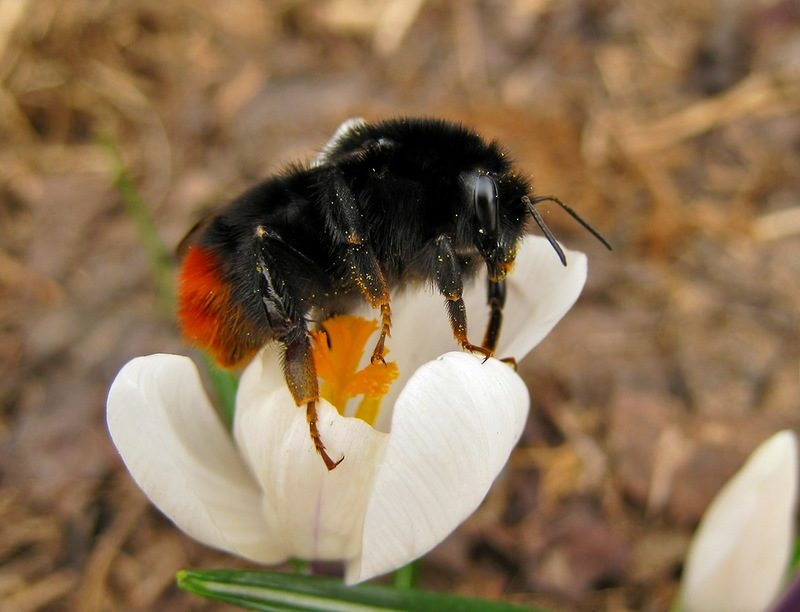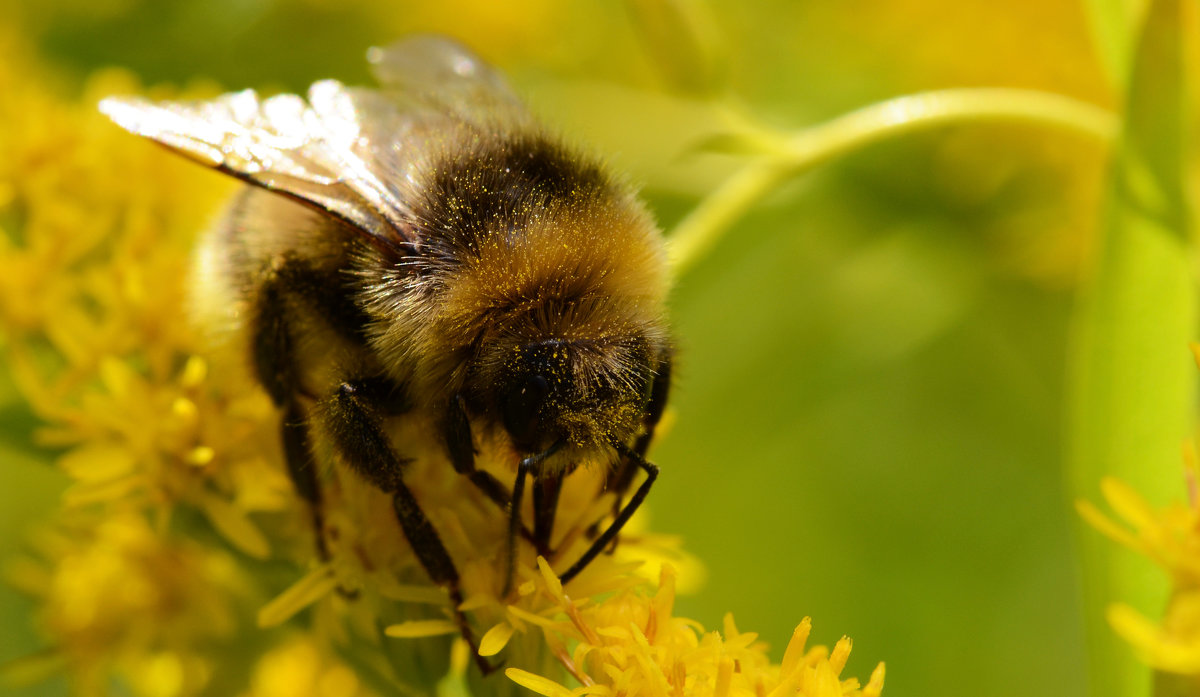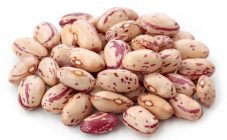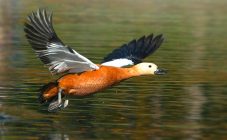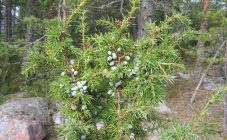Content:
The bumblebee is a fluffy and buzzing insect belonging to the Arthropod class. It was the characteristic sound he made that gave the bumblebee its name. In Russia, he was called "chmel", which meant - wheeze or hum. Then, in the process of use, the name was slightly modified.
Usually people don't see the difference between different members of the same class. For a common man in the street, they are all just bumblebees. But the insect has a huge number of species. There were at least a hundred of them on the territory of the former USSR alone. Some of them are very rare, almost never found. Therefore, they have no serious economic value. We will talk about the most popular types of such winged arthropod insects in this article.
Bumblebee species
If we consider the populations on a global scale, then you can find more than three hundred species of bumblebees. Despite the external similarity, each has its own characteristics and distinctive features. Let's talk about some of the most interesting varieties of bumblebees.
Stone
The insect was first studied at the end of the 18th century by the scientist Carl Linnaeus. This representative is unique - his whole body is black. Only at the very tip of the abdomen is a small orange speck. Sometimes there are individuals with bright red pigmentation on the tummy. This is a very beautiful bumblebee.
In its size, the insect does not differ at all from the ordinary bumblebee. The largest are females engaged in nest formation. Their size reaches 23 mm. Workers and drones do not grow more than 1.5 centimeters.
The stone bumblebee got its original name for the habit of building nests under a pile of piled stones. This species is not ubiquitous. In Russia, it is found in Western Siberia and the Baikal region.
Like all bumblebees, they live in a large family, numbering at least four hundred representatives.
A long
It differs from its counterparts in a longer body, for which it received its name - a long bumblebee. A very rare representative of the species.
Cuckoo
The first description of an insect was made in 1836. The cuckoo bumblebees got their name for the similarity of behavior with the bird of the same name - to lay eggs in other people's nests. They are parasitic insects, settle in other people's families and cannot collect pollen on their own. These insects do not have a special basket.
Representatives of this species practically do not differ from their relatives, therefore they are accepted in other people's nests as relatives. The only thing that makes them stand out is the darker wings.
Mokhovoy
This is not the largest representative of the genus. The largest individual is the uterus, it does not grow in length more than 18 mm, working bumblebees are even less - about 1 centimeter.
A special difference is the uniformity of hair coloration. The stripes are almost invisible. But the insect is very bright - red back and yellow belly.
The mossy bumblebee has a large habitat. It can be found in the Far East, Caucasus, Crimea and Siberia. In these places, he is the main plant pollinator. The insect does not miss a single blossoming flower, but especially "loves" clover and alfalfa.
Armenian
It is even difficult to determine why the insect received such an original name, because its habitat is Ukraine, the Caucasus, Central Asia and the south of Russia. Every year there are fewer and fewer of these cute insects. The reason is the plowing of the steppes and the intensive use of chemical fertilizers.
Like all real bees, the Armenian bumblebee has a fluffy body covered with light yellow hairs. The hairs on the legs are only black.
Lugovoi
Numerous insect, widespread in both the Asian and European continents. One of the smallest representatives. The largest individual is no more than 1.5 centimeters long.
The color is very bright - black head, pronounced yellow collar. The rest of the body is covered with bright orange, and in some places even red hairs.
A distinctive feature is that meadow bumblebees are the first to announce the arrival of spring. While other relatives are still afraid to leave their nests, meadow is already flying out to the primroses.
Garden
It can be considered a large insect. The uterus is up to 2.5 centimeters long. The color is very interesting - pronounced stripes of black, yellow and white colors. It has a huge habitat. It is found even in taiga regions. The hind legs of the garden bumblebee are decorated with spurs.
Prefers to nest underground. At the same time, the "house" itself does not build, it occupies the holes of field mice. Favorite habitat - fields, gardens, shrubs and meadows.
White
This name was given to representatives of the family for the predominance of white stripes on the body. The white bumblebee is an insect somewhat similar to a zebra in color.
Red
Often so called stone bumblebees. They have a black color all over the body, only the tip of the abdomen is bright red. Therefore, the name red bumblebee is more common than scientific.
Field
This hard worker constantly flies around flower after flower. It's hard to find a better pollinator. It has a typical bumblebee coloration - fluffy stripes of bright red and black. Itself is small, the working individual can be less than a centimeter in length.
This representative of the genus is easy to distinguish from others, you just need to look closely. Its back is covered with red down, interspersed with black hairs, on the belly yellow "fur" is mixed with white hairs. The sides of the insect are painted in the same way.
The field bumblebee has a wide habitat. However, he has no particular preference for where to build his nest. It can be a bush or a tree. He may well settle underground or in other places convenient for him. Particularly prefers clay soil for building a warm nest.
Ordinary
Despite the name, this is an extraordinary and very rare insect, the population of which is constantly decreasing. You can find representatives of the species in a small area in Western Europe. That is why it is listed in the Red Book.
This is probably the smallest member of the family. Even the female does not exceed 1.5 centimeters in length. The color is more dominated by red. He prefers to build nests in the ground.
Underground
England is considered the birthplace of this species. From there, on ships, the insect first got to New Zealand, then to other countries. Now it can be found in a large area of the European continent. The species is widespread in Russia.
From the name it is clear that underground bumblebees prefer to build nests below the surface of the earth.
Forest
This is the smallest and most discreet representative of the genus. He loves warmth very much, therefore it is shown already in late spring, when the weather is warm. Can live in a mouse hole.But it prefers to nest on the surface of the earth, building a nest from grass and moss.
The biggest bumblebee
Even a small buzzing flyer causes concern, since its sting is supplied with poison, and the bite brings little pleasant sensations to a person. How can you relate to a representative measuring five centimeters and a wingspan of eight? It is very interesting where the largest bumblebee lives, what is the name and what is dangerous.
Such a dangerous and beautiful insect lives in Japan and East Asia. The largest bumblebee in the world is called the giant Asian bumblebee. The length of the sting of the insect is 6 mm. Its bite is much more dangerous than that of a bee, gadfly or wasp.
People who are unlucky enough to feel the fury of the largest bumblebee compare its bite to penetration under the skin of a hot nail. The huge bumblebee has a venom saturated with eight different components that severely damage the soft tissues of the victim. The big danger is that the released poison has a specific smell, which attracts the giant's fellows to the bitten one.
People with an allergic reaction to bee stings may simply not survive after such contact.
The most interesting thing is that the dangerous insect uses not only a sting but also its strong jaws as a "weapon".
Bumblebees for greenhouse pollination
Bumblebees are irreplaceable insects for pollination of cultivated plants. It's a pity that their number has been steadily decreasing lately. Therefore, insects have to be bred artificially. The individuals bred in the laboratory are no different from their counterparts and do an excellent job with their task.
It is noticed that when using any kind of real bees, the yield of greenhouse crops is significantly increased. For example, the yield of tomatoes increases by 25%, and in some cases by all 50. That is why bumblebees are used for pollination of greenhouses both in open and closed spaces.
The best option for a closed greenhouse would be a bumblebee family that lives on its territory. It can be formed from one uterus. After wintering, the female flies out of the nest in search of a new laying place. If she is transferred to a closed greenhouse in advance, she will equip a nest there. From one uterus, you can get a family of 50-70 individuals.
Bumblebees of any kind are the most productive pollinators in any territory. Due to the fact that their body is covered with special villi, they carry a lot of pollen, which favorably affects the formation of ovaries in plants. A special advantage for their use for economic purposes is that they have a fairly small area for living. The main thing is that there is an abundance of flowering plants.
